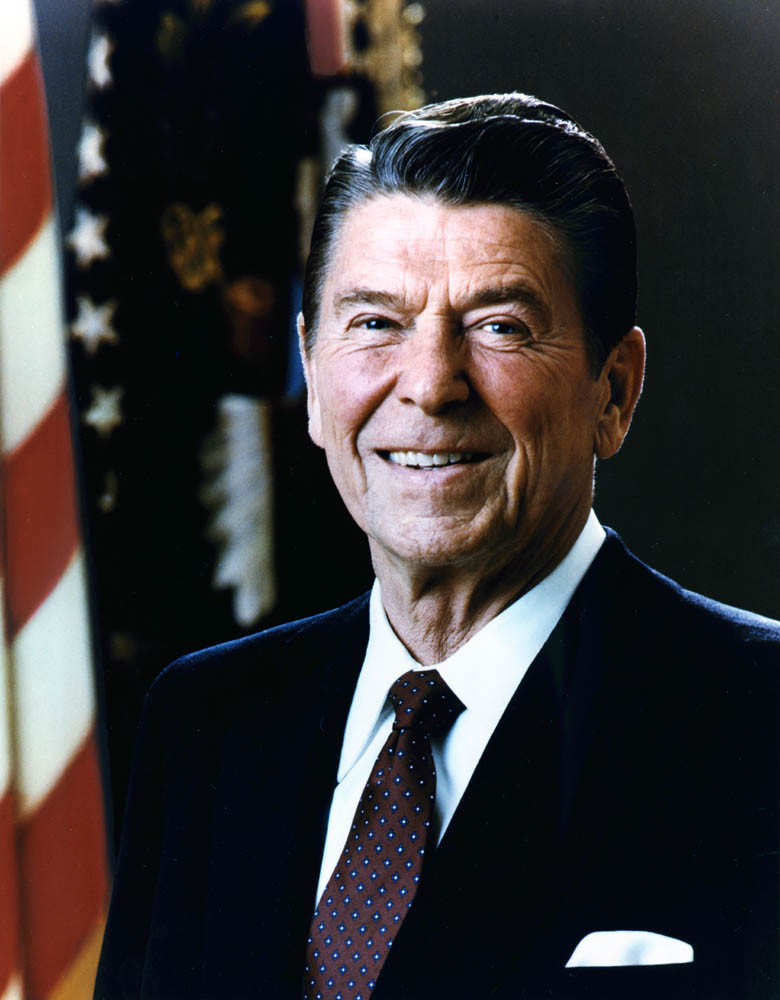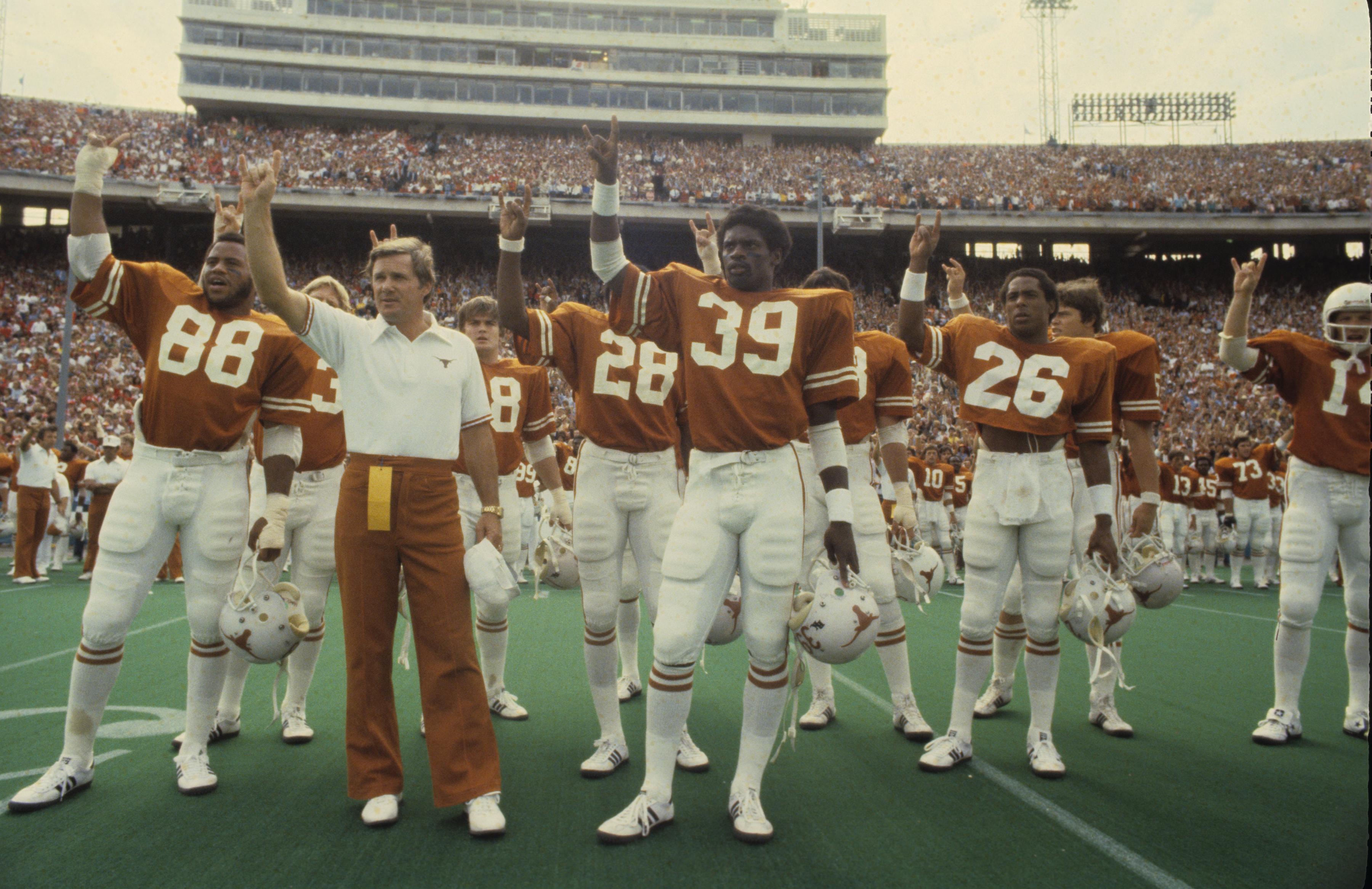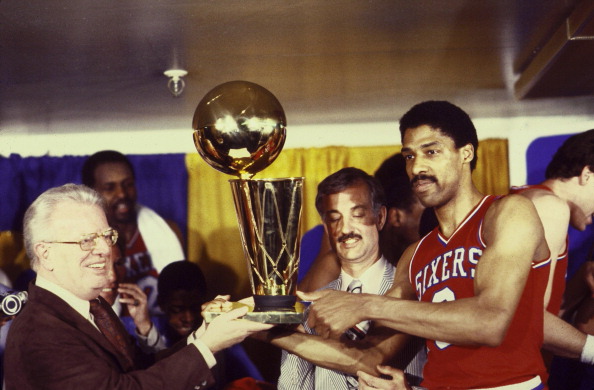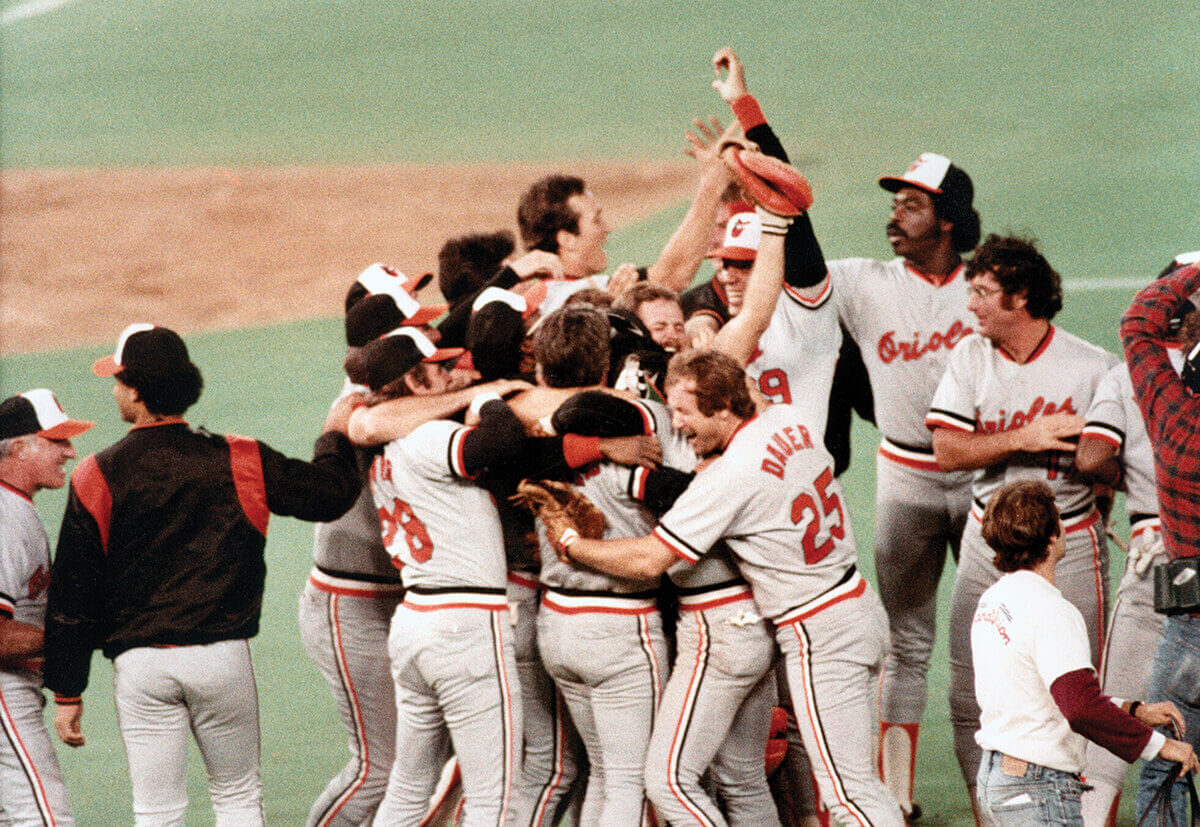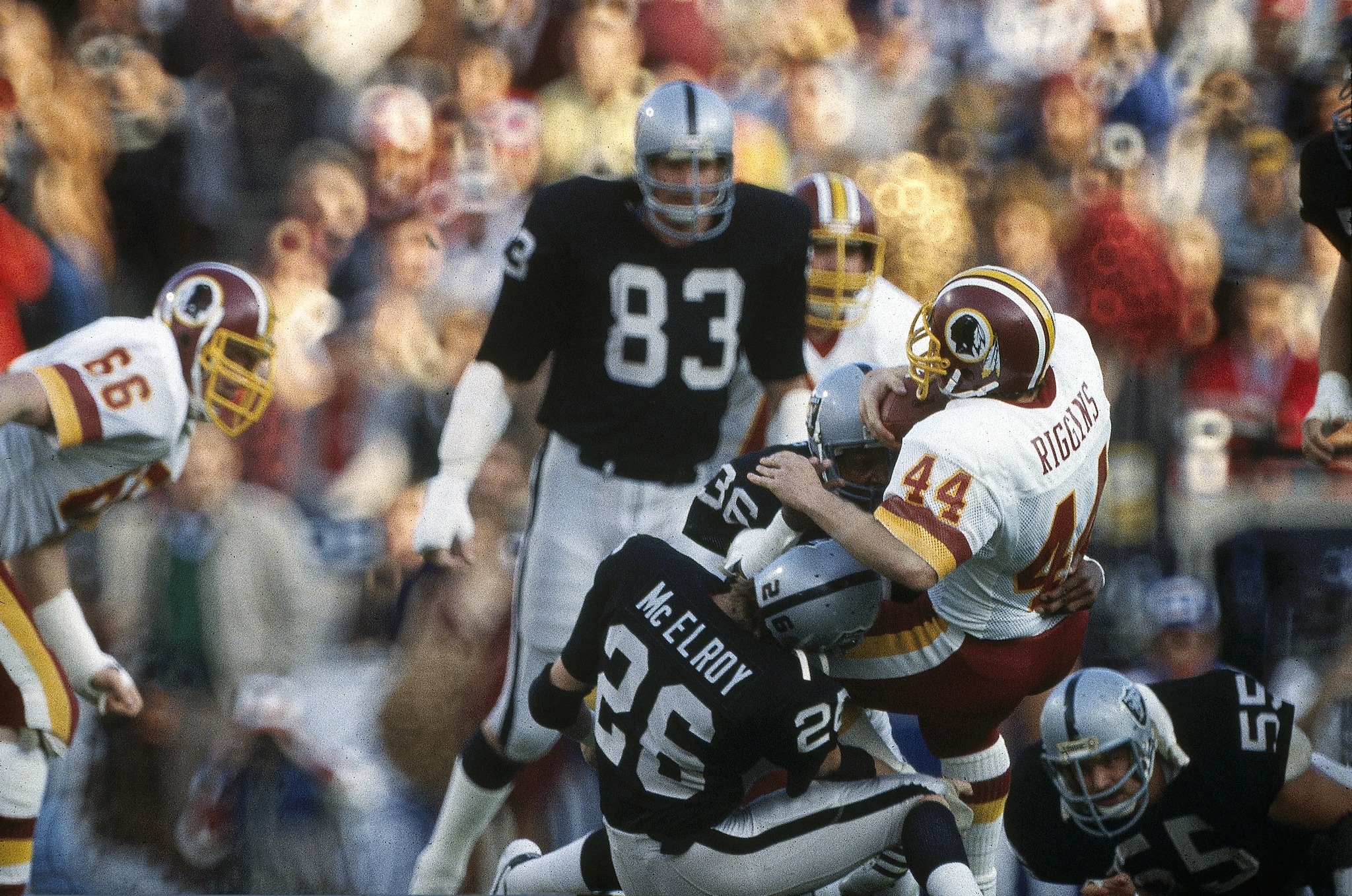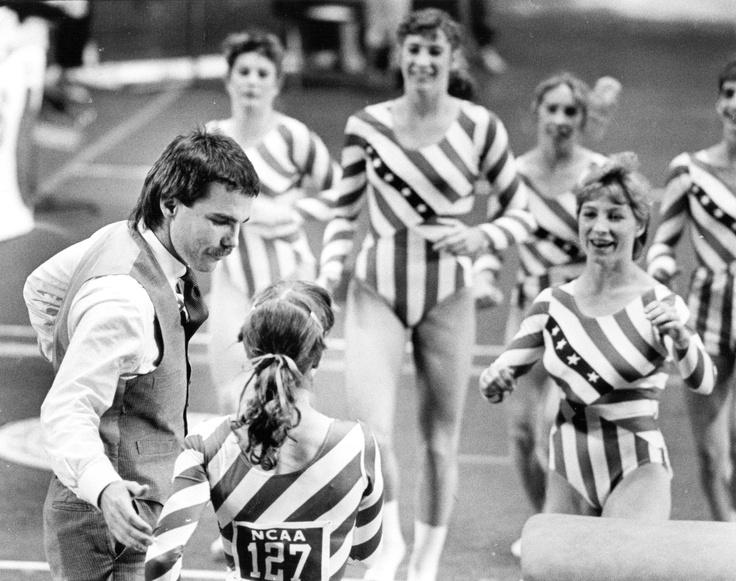Sergeant Foley
Well-known member
BREAKING NEWS ALERT: PRESIDENT RONALD WILSON REAGAN ASSASSINATED!
Sunday, 13 November 1983
*President Reagan dies during emergency surgery at Seoul National University Hospital.Sunday, 13 November 1983
*Sixth US President to be assassinated following Abraham Lincoln (1865); James Garfield (1881); William McKinley (1901);
John F. Kennedy (1963) and Gerald R. Ford (1975) in office.
*Vice President George Herbert Walker Bush becomes the 42nd President of the United States.
ABC News Voice-over: "We interrupt your regularly-scheduled programming to bring your a major ABC News Special Report."
Ted Koppel: "ABC News has gotten official confirmation from Jim Laurie, who is in Seoul, South Korea that Ronald Wilson Reagan, the 41st President of the United States , died during emergency surgery at the Seoul National University Hospital at 3:00 PM Korean Standard Time. 9:00 AM Eastern Standard Time, just about some 56 minutes ago. Both BBC News and MBC News has officially confirmed that President Reagan has died from assassin's bullets. The doctors at the Seoul National University Hospital did everything and I do mean, everything they could to save his life, but it wasn't enough. Couldn't be enough due to the severe loss of blood.
Sunday, November 13th, 1983, will forever be the day which will live in infamy as well as where we were when we got this tragic news. As you can see, the American flag has been lowered to half-mast at the White House in Washington, DC because we're getting information that groups of people are walking towards the White House to laying down flowers, lighting candles for the 41st President of the United States.
I am being told in a few hours, Vice President George Herbert Walker Bush has left the Capitol Building after being notified of today's tragic news. We don't know where he's heading, but we can safely assume in all likelihood, he will be taking the Presidential Oath of Office as the 42nd President of the United States. This is truly a sad day for America and the entire world."
TO BE CONTINUED.....
COMING UP NEXT IN CHAPTER 18: THE GEORGE HERBERT WALKER BUSH PRESIDENCY BEGINS
Last edited:


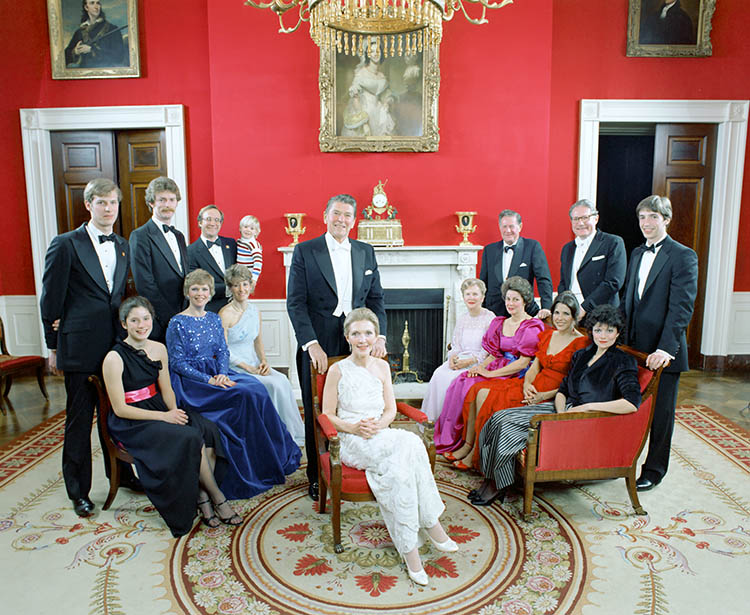
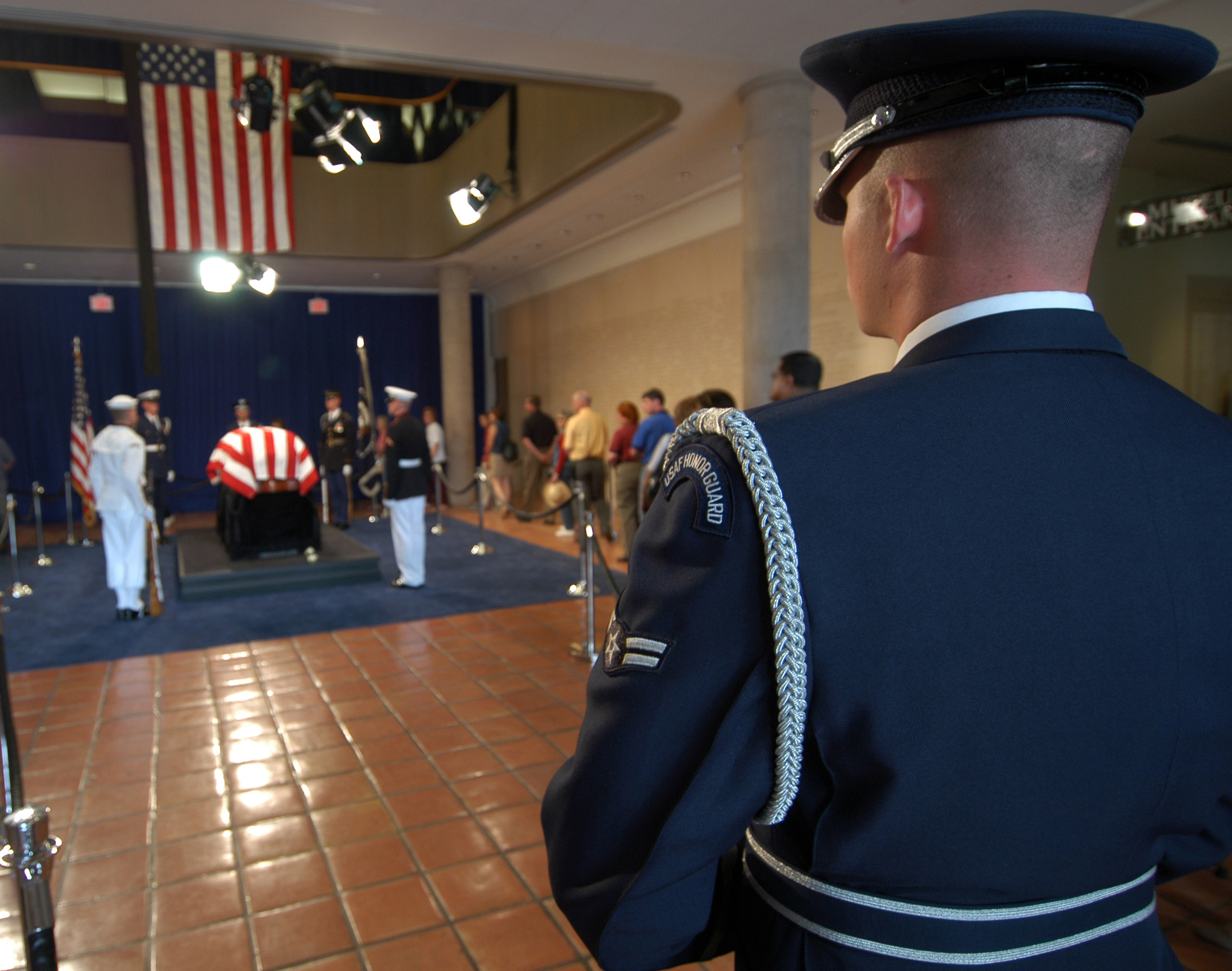

.jpg)

